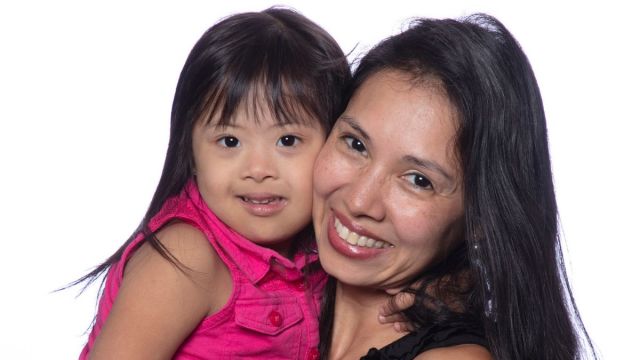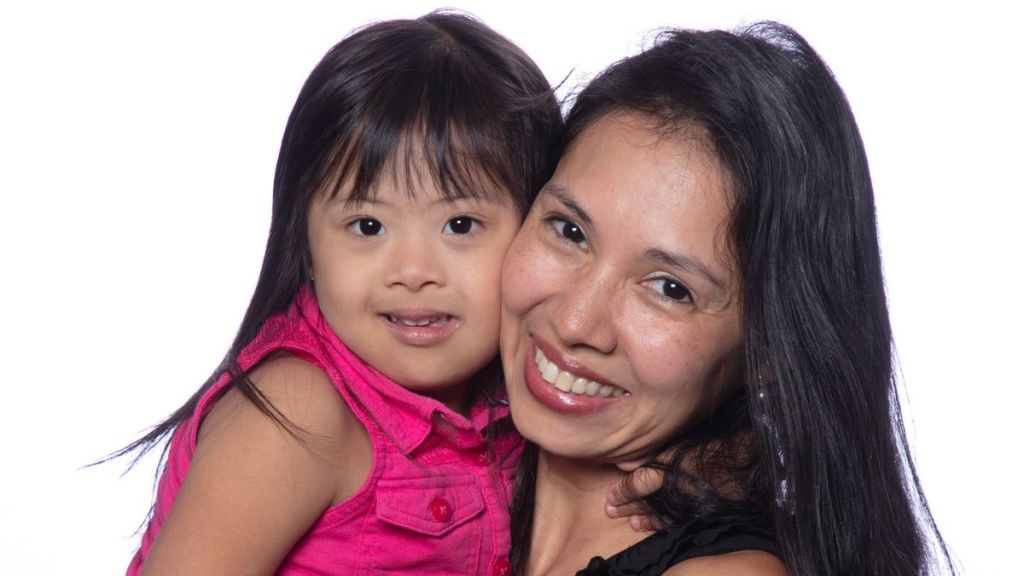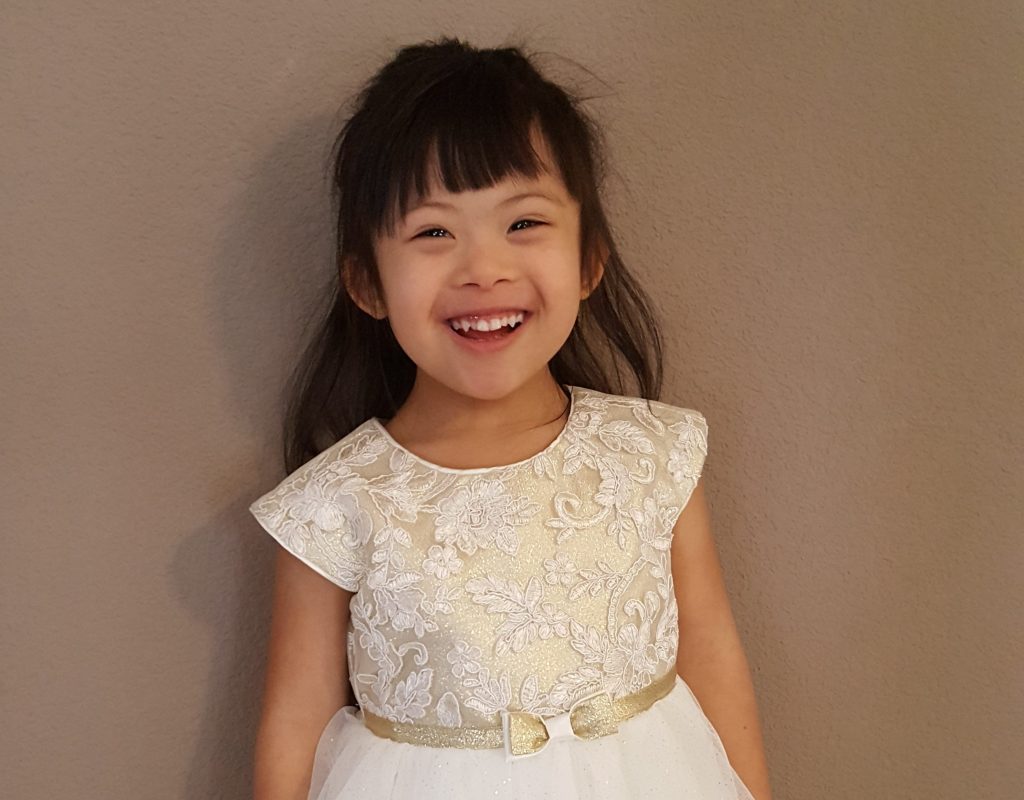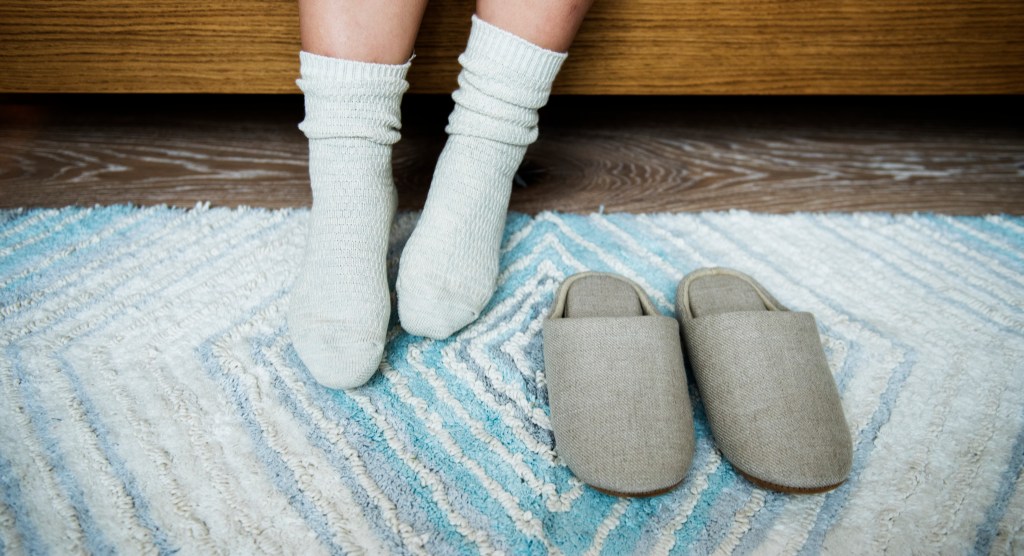The Broadway League announced that Broadway performances in New York City will be suspended through the remainder of 2020 due to COVID-19. They released updated information regarding performance cancellations and ticketing. Broadway theaters are now offering refunds and exchanges for tickets purchased for all performances through Jan. 3, 2021.

While continuing to work with city and state officials along with leaders in science, technology and medicine The Broadway league is trying to formulate the best plan to restart the industry. Some of the logistics being reviewed include screening and testing, cleaning and sanitizing, wayfinding in theaters, backstage protocol and much more.
Returning productions are currently projected to resume performances over a series of rolling dates in early 2021. Tickets for performances for next winter and spring are expected to go on sale in the coming weeks. For regular updates on ticket sales, individual show announcements, performance dates, and more, please check Broadway.org for information as it becomes available.
“The Broadway experience can be deeply personal but it is also, crucially, communal,” said Chairman of the Board of The Broadway League Thomas Schumacher. “The alchemy of 1000 strangers bonding into a single audience fueling each performer on stage and behind the scenes will be possible again when Broadway theatres can safely host full houses. Every single member of our community is eager to get back to work sharing stories that inspire our audience through the transformative power of a shared live experience. The safety of our cast, crew, orchestra and audience is our highest priority and we look forward to returning to our stages only when it’s safe to do so. One thing is for sure, when we return we will be stronger and more needed than ever.”
“Our membership is working closely with the theatrical unions and in concert with key experts and some of the greatest minds inside and outside of the industry to explore protocols for all aspects of reopening. We are focused on identifying and implementing necessary measures that will enable us to resume performances safely for Broadway audiences and employees,” said Charlotte St. Martin, President of the Broadway League. “We are determined to bring back the people who rely on this industry for their livelihood, and to welcome back all those who love this vital part of New York City, as soon as it is safe to do so. As so many of us in the Broadway community have been saying during this time – We’ll be back, and we have so many more stories to tell.”
Those holding tickets for performances through Jan. 3, 2021 will receive an e-mail from their point of purchase with detailed information regarding refund and exchange options. Any customers holding tickets through Jan. 3, 2021 that have not received an e-mail by Jul. 13 are advised to contact their point of purchase for assistance after this date.
—Jennifer Swartvagher
Featured photo: Sudan Ouyang on Unsplash
RELATED STORIES
Broadway Kids are Connecting Virtually and They Want to Spotlight Student Performers
Broadway Stars Performed “Go the Distance” from “Hercules” on Zoom
Laura Benanti Helps Theater Kids After Musicals Were Canceled Due to Coronavirus






























